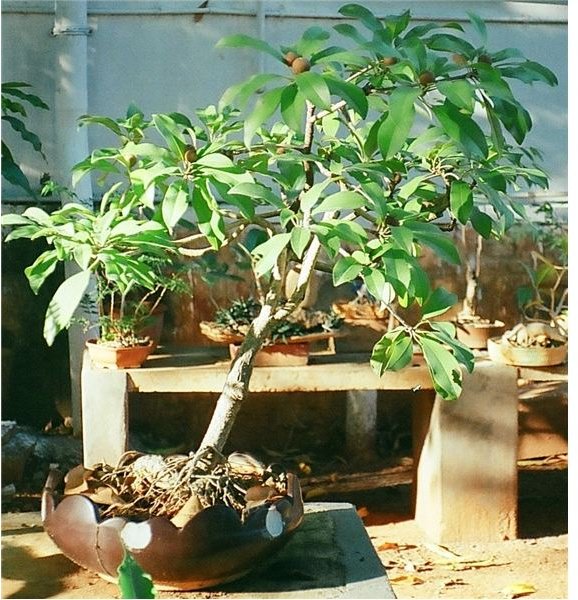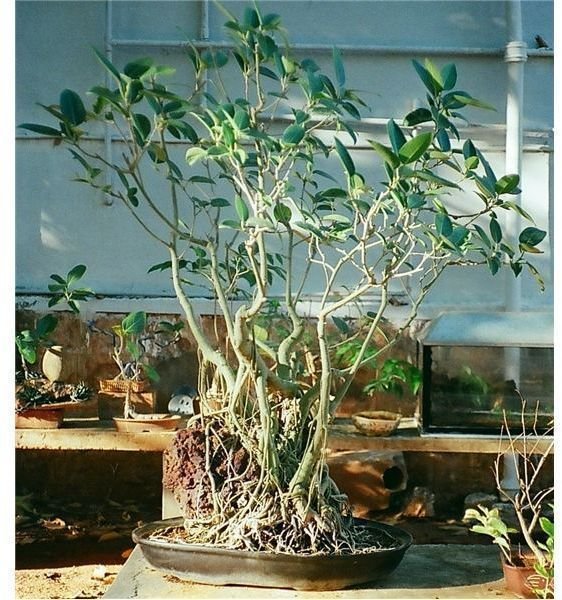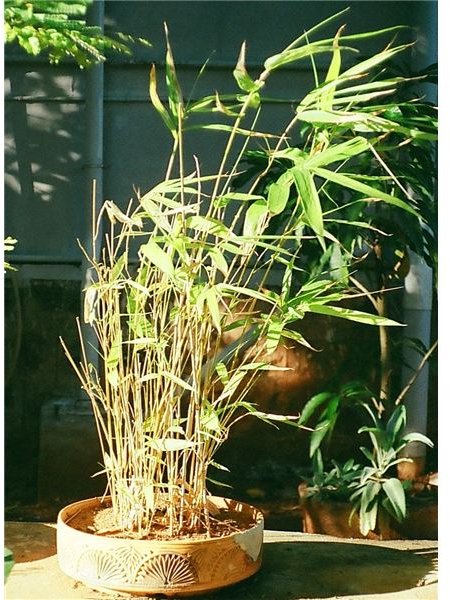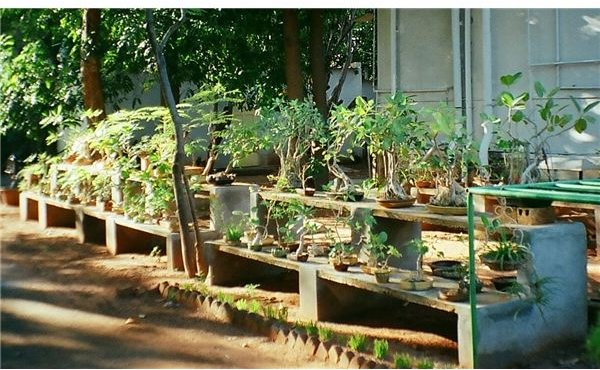How to Bonsai for Beginners: The Art of Making Bonsai
Bonsai- many know this as a Japanese art, but it originated from China. This art of bonsai came from China about 1500; many references are there to substantiate this. Bonsai, Bon means a tray and Sai means grow, so Bonsai means something growing in a tray, for example, a tree in a shallow pot.
Plants suitable for bonsai
While selecting bonsai we have to look for plants that can be stunted, plants that have ample growth of small leaves, have thick twigs and pleasing bark. A few plants that are suitable for bonsai are Needle leaf pine, Banyan tree, Cedars, Flowering trees, Fruit bearing tree, even some grasses and herbs from the wild. But all these must have a long life span; then only they can be trained to live in a shallow pot.
Raising Bonsai
Many methods are available but the most popular are;
- Collecting from wild
- Raising from seeds
- From cutting
- From layering
- Grafting
- Dividing roots.
In short, any method of plant propagation is suited for raising bonsai. The one which gives thrill and pleasure to bonsai enthusiast is collecting from wild. The reason being, they are already stunted and grown for few years. Some of these have very interesting shape also. While all other methods are simple and as the name goes, I will discuss more on collecting from wild.
Collecting from wild
Collecting from the wild saves time and effort for bonsai lovers, as they become a good looking bonsai in few years and they generally have hardy seedling character. While you go for collecting bonsai from wild you must carry a small pick, a pruning shears, hand saw, a water bottle, few polyethylene bags, towels or cloth and a bag. Each one of this will be useful while collecting plants from wild. While gathering the plant from wild the following will have to be remembered.
- First remove all shrubs & grasses around the plan being collected
- Prune unwanted branches
- Draw a circle on the ground of diameter one third the height of the plant
- From this circle dig inward towards the tree / plant
- While digging cut thick roots with the saw
- Lift the seedling out of the ground with good soil around
- Wrap the roots with wet cloth and tie up
- Cover with polythene bag
- Take home for potting
Potting the collected seedling
- Unwrap and remove all soil without detaching the roots
- Cut thick roots with sharp knife – take care to face the cut edge downwards
- Put course soil at the bottom of the pot for good drainage
- Place the plant in the center or as desired for a good look
- Put the main soil and fill up the pot
- Tie the container and tree with a rope / wire if needed for stability
- Water thoroughly with a fine spray
- Do not keep the potted bonsai under direct sunlight for about a week, after a week it can be slowly moved to sunlight
- Remember that bonsai are truly outdoor plants and need good sunlight
Having collected a plant / tree from wild and potted it, the regular care begins. One has to water the plant every day, and it is good to water in the morning as then water will be utilized by the plant effectively. Other cares required are placement of the plant, fertilizing it, pest control and repotting when needed.
Repotting of bonsai is a very important and critical activity that has to be well understood and practiced by bonsai lovers to bring up a bonsai successfully. There are many shapes of bonsai styles, and these are coded by Japanese. I will discuss both of these in a future article. A few photos of my bonsai are given, enjoy and all the best for raising a good bonsai!
Bonsai corner in my house & few close-ups



